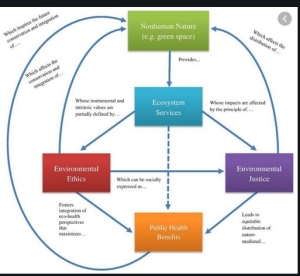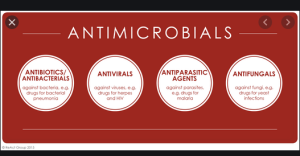Microbial Genetics & Genetic Engineering
Lab 7 Microbial Genetics & Genetic Engineering BIO250L”
Student Name: Kimberly McAlhany
Access Code (located on the underside of the lid of your lab kit): AC-TI2UVC3
“Pre-Lab Questions”
1. Which DNA nitrogenous bases pair with each other? Which bases are purines, and which
are pyrimidines?
Adenine and guanine are the purines and Cytosine and Thymine are the pyrimidines.
2. How is DNA information used to make proteins? What are the steps of this process?
Enzymes read the information in a DNA molecule and transcribe it into an
intermediary molecule, mRNA. The information contained in the mRNA molecule is
translated for amino acids, which are the building blocks of proteins.
3. Give an example of a scenario in which you would perform PCR vs a scenario in which
you would use recombinant DNA technology.
For PCR, it is when I have an unknown DNA isolated from a specimen in small concentration, and I want to amplify it so it can be identified through gel electrophoresis. For DNA technology it would be to identify the function of a gene.
4. What occurs during each of the three steps involved in the PCR cycle? How has the use
of PCR changed biotechnology?
PCR is based on 3 steps required for any DNA synthesis reaction; 1) denaturation of the template into single strands, 2) annealing of primers to each original strand for new strand synthesis, 3) extension of the new DNA strands from the primers.
5. How could you take a protein with a known sequence of amino acids and use it to
create an artificial gene?
With help from known protein sequences, you can make its most probable nucleotide sequence based on the frequency of tRNA that is present in the organism in which we need to express the proteins. We will then artificially make the sequence and amplify it by using PCR.
This study source was downloaded by 100000792411801 from CourseHero.com on 11-13-2021 20:30:17 GMT -06:00
https://www.coursehero.com/file/96807528/Lab7pdf/



